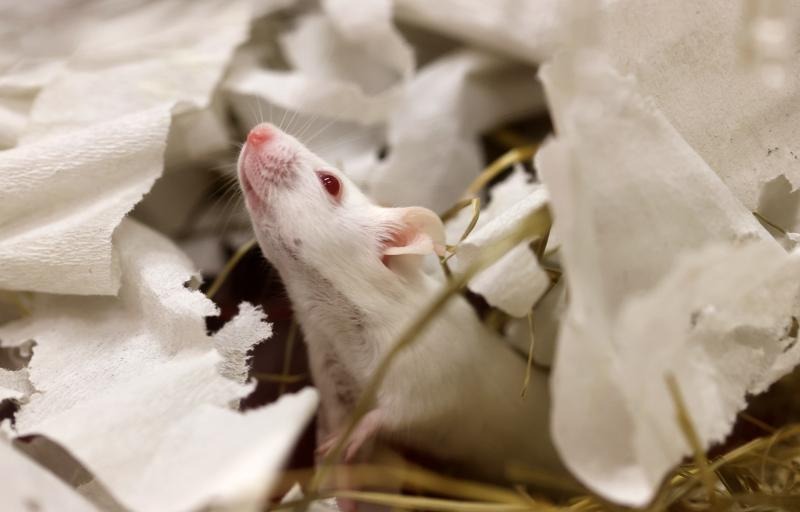- Startsida
- Languages
- English
- Swedish Board of Agriculture
- Animals
- The Swedish 3Rs Center
- News
- Support material for the acclimatisation of mice and rats prior to experiments
Publiceringsdatum10 September 2024
Support material for the acclimatisation of mice and rats prior to experiments
To achieve reliable research results, animals are commonly acclimatised after having experienced something stressful, for example after being transported. In order to help researchers when choosing the length of acclimatization for mice and rats prior to experiments, the Swedish 3Rs Center has produced a series of support materials.

Photo: Sören Andersson/2See AB
Animals can experience stress when they are being transported, regrouped, or when their circadian rhythm is being altered. After these types of events, animals should be acclimatised so that the stress does not have a negative impact on the research results. How long the process of acclimatisation needs to be depends on several factors, such as the reason for the stress, the conditions of the new environment and the characteristics of the individual. We have created support materials that are meant to help researchers when choosing the length of acclimatisation for mice and rats, depending on their current circumstances.
Included in the support materials is information about stress and how it can affect research results, results from a survey about when and how mice and rats are acclimatised in Sweden, as well as a compilation of scientific literature on the subject.
The material can be of help for researchers, animal welfare bodies and animal ethics committees.
- Report: Acclimatisation of mice prior to experiments pdf, 298.4 kB.
- Report: Acclimatisation of rats prior to experiments pdf, 286.1 kB.
To facilitate dissemination of the information, we have summarised the support material in two posters, one for each species, that can be printed and displayed in your organisation.
- Poster: Acclimatisation of mice prior to experiments pdf, 279.4 kB.
- Poster: Acclimatisation of rats prior to experiments pdf, 287.3 kB.
These support materials were published in Swedish earlier this year.
Senast uppdaterad: